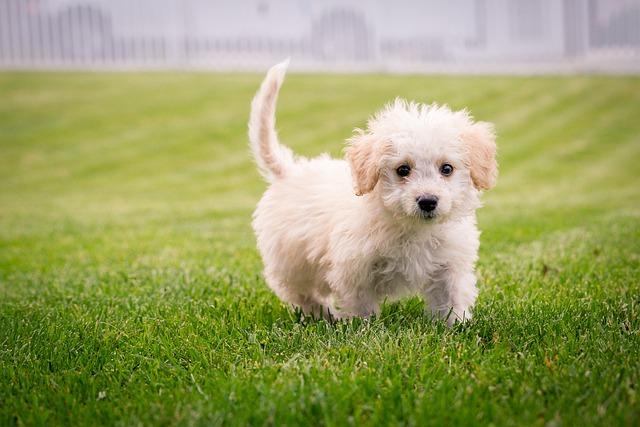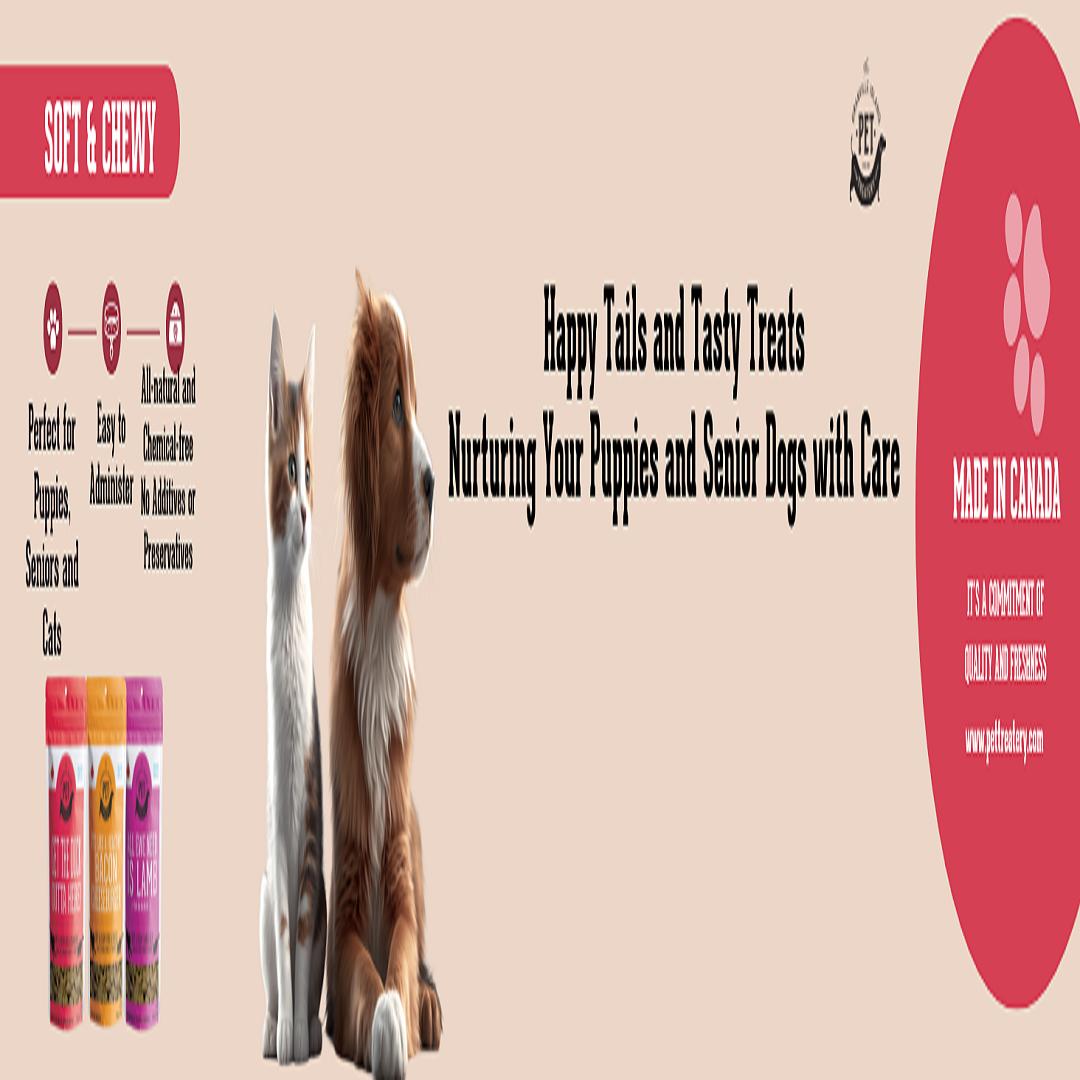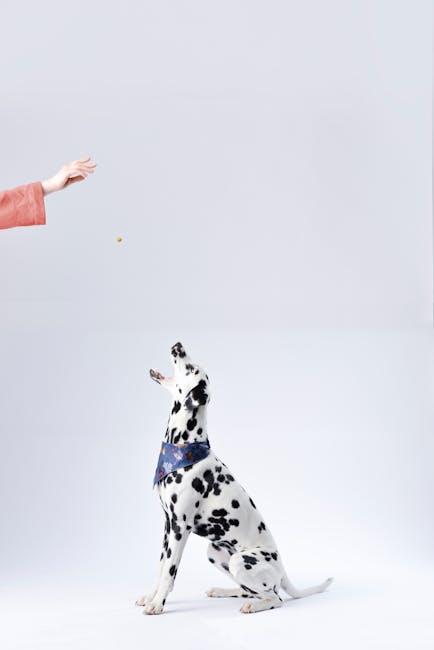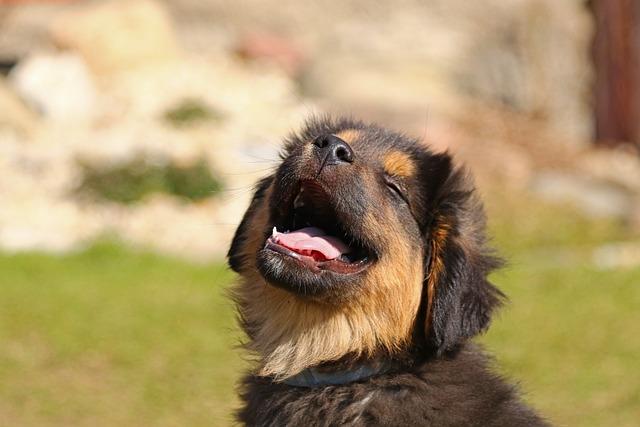Welcoming a new puppy into your home is an exciting and heartwarming journey filled with countless moments of joy and discovery. As you embark on this adventure, it’s important to understand what to expect during your dog’s first year—a critical period that lays the foundation for a lifetime of companionship. This guide is designed to gently walk you through the milestones, challenges, and triumphs you and your furry friend will encounter in these formative months. From navigating the world of puppy-proofing your home to understanding the nuances of training and socialization, we’ll provide you with the knowledge and tools you need to nurture a happy, healthy, and well-adjusted dog. So, grab a cozy blanket, snuggle up with your new four-legged family member, and let’s explore the incredible first year that awaits you both.
Creating a Safe and Stimulating Environment for Your Puppy
Welcoming a new puppy into your home is an exciting adventure filled with boundless energy and curiosity. To ensure your furry friend thrives, it’s crucial to create an environment that is both safe and enriching. Begin by puppy-proofing your space: secure electrical cords, remove hazardous plants, and ensure that small objects are out of reach. Consider investing in baby gates to limit access to areas that may pose a danger, such as staircases or kitchens.
To stimulate your puppy’s developing mind, introduce a variety of toys and interactive games. Chew toys help with teething and keep their jaws busy, while puzzle feeders provide mental challenges that engage their problem-solving skills. Set up a cozy space with a comfortable bed and soft blankets, creating a haven where your puppy can retreat for rest and relaxation. By crafting an environment tailored to safety and exploration, you’re laying the foundation for a happy and well-adjusted dog.
- Secure loose wires and cords.
- Remove small, swallowable items.
- Use baby gates for restricted areas.
- Provide a variety of chew and puzzle toys.
- Create a cozy resting area.

Understanding Your Puppy’s Nutritional Needs and Feeding Schedule
In the whirlwind of your puppy’s first year, ensuring they receive the right nutrition is crucial for their growth and development. Puppies have unique dietary needs compared to adult dogs, requiring more calories, protein, and specific nutrients to support their rapid growth. It’s important to choose a high-quality puppy food that meets the standards set by the Association of American Feed Control Officials (AAFCO). Look for ingredients like real meat, whole grains, and healthy fats such as fish oil for a balanced diet.
Establishing a consistent feeding schedule can help regulate your puppy’s digestion and energy levels. Typically, puppies up to 6 months old benefit from being fed three to four times a day. As they grow, you can gradually reduce this to two meals per day. Keep in mind:
- Morning: A nutritious start sets the tone for the day.
- Midday: A small meal can sustain their energy and prevent hunger-induced mischief.
- Evening: A satisfying dinner aids restful sleep and growth.
Always ensure fresh water is available, and consult your veterinarian for personalized advice tailored to your puppy’s breed, size, and health status.

Building a Strong Bond Through Training and Socialization
In your puppy’s first year, training and socialization are pivotal in laying the groundwork for a strong, lifelong bond. Training is not just about teaching commands like “sit” or “stay”; it’s about establishing communication and trust between you and your dog. Begin with short, consistent training sessions and gradually increase the complexity as your puppy grows. Positive reinforcement is key—reward your dog with treats, praise, or playtime whenever they successfully follow a command. Remember, patience is crucial as every dog learns at their own pace.
Socialization is equally important and involves exposing your puppy to a variety of people, environments, and other animals. This helps them become well-adjusted and confident in different situations. Make sure these experiences are positive and safe to prevent fear or anxiety. Consider the following:
- Introduce your puppy to different surfaces like grass, concrete, and sand.
- Allow them to meet a variety of people, including children and the elderly.
- Organize playdates with other vaccinated dogs to improve their canine interaction skills.
- Expose them to various noises such as vacuum cleaners, traffic, and thunderstorms in a controlled manner.
By integrating training and socialization into your daily routine, you are not only setting the stage for a well-behaved dog but also nurturing a deep, trusting relationship that will last a lifetime.

Monitoring Health and Wellness Milestones in Your Puppy’s First Year
As your puppy grows, keeping an eye on their health and wellness milestones is crucial to ensuring they thrive during their first year. Regular check-ups with a veterinarian will help monitor their progress and address any concerns early. It’s essential to track their weight and growth patterns, ensuring they’re on the right path to becoming a healthy adult dog. Pay attention to their teething phase, which typically starts around three weeks and continues until they’re six months old. This is also the time to start implementing good dental hygiene habits.
- Vaccinations: Keep an updated schedule of necessary vaccinations to protect your puppy from common diseases.
- Nutrition: Provide a balanced diet that meets the nutritional needs of a growing puppy.
- Behavioral Training: Introduce basic commands and socialization techniques to promote good behavior.
- Exercise: Ensure regular physical activity to help build strength and coordination.
By focusing on these key areas, you’ll set a strong foundation for your puppy’s health and wellness, giving them the best start in life. Remember, each puppy is unique, so tailor your approach to meet their individual needs.

